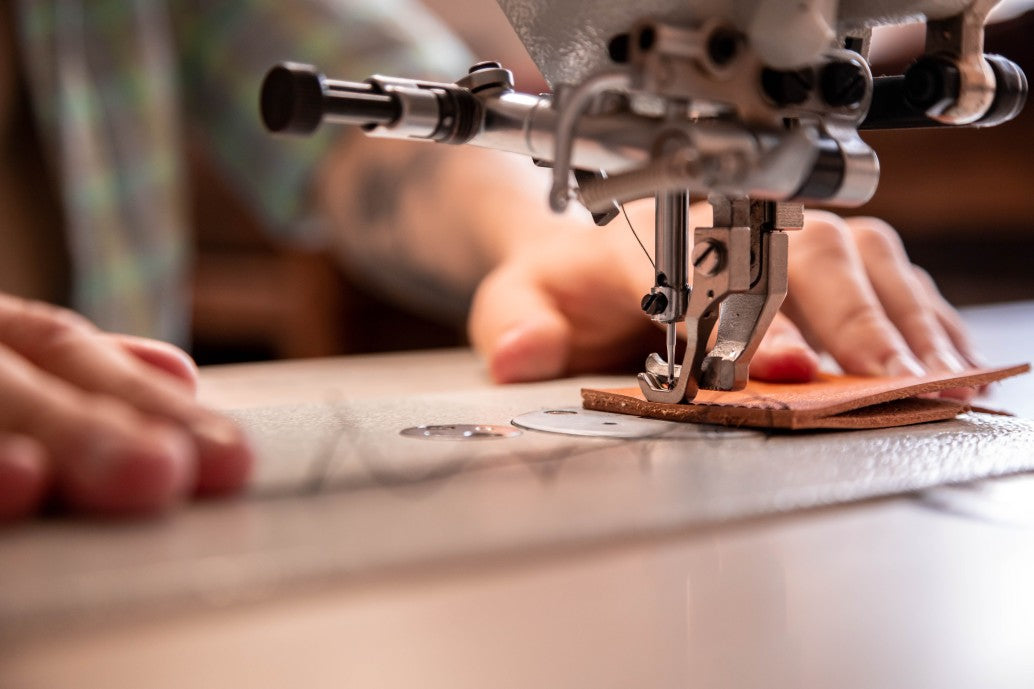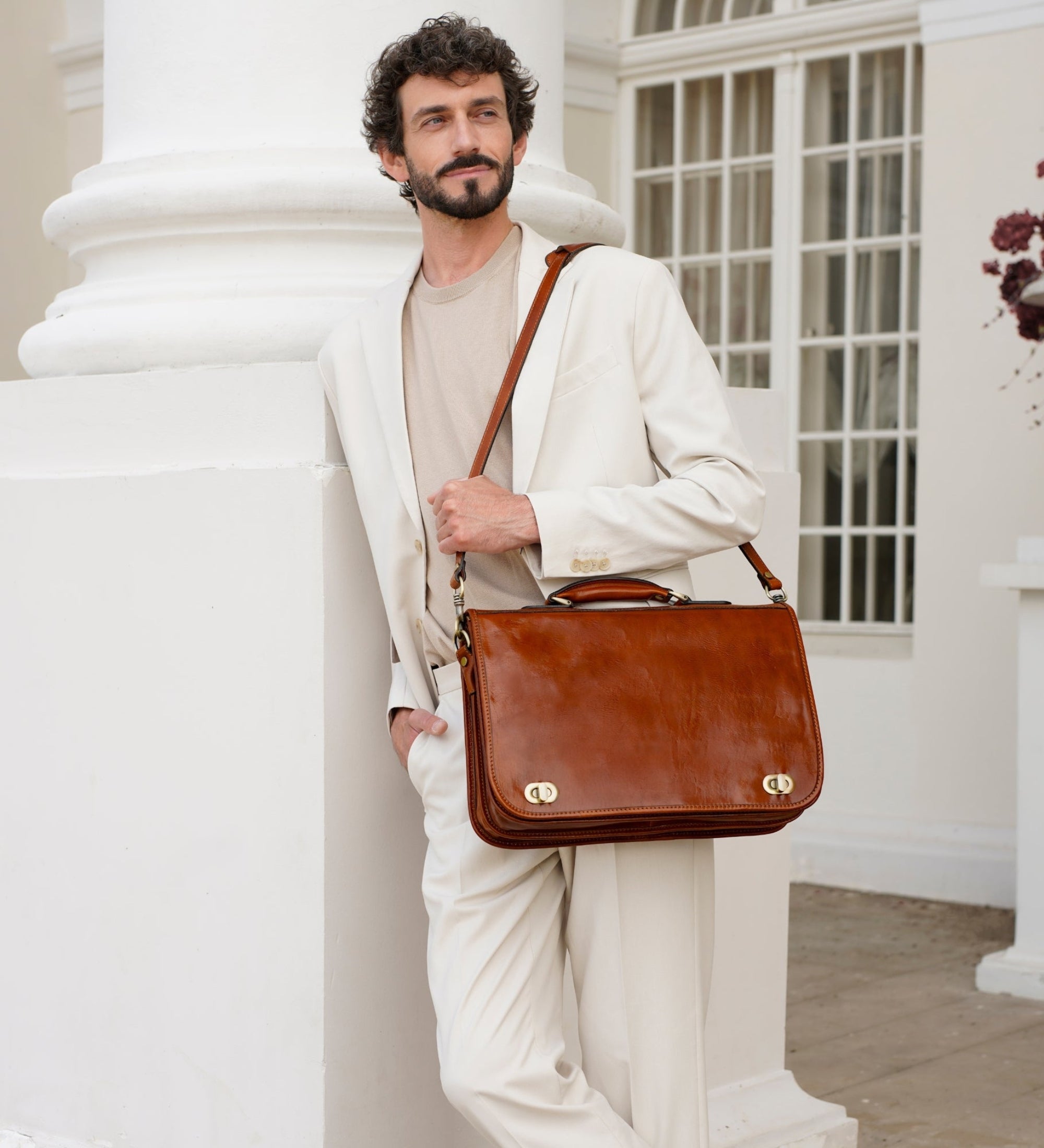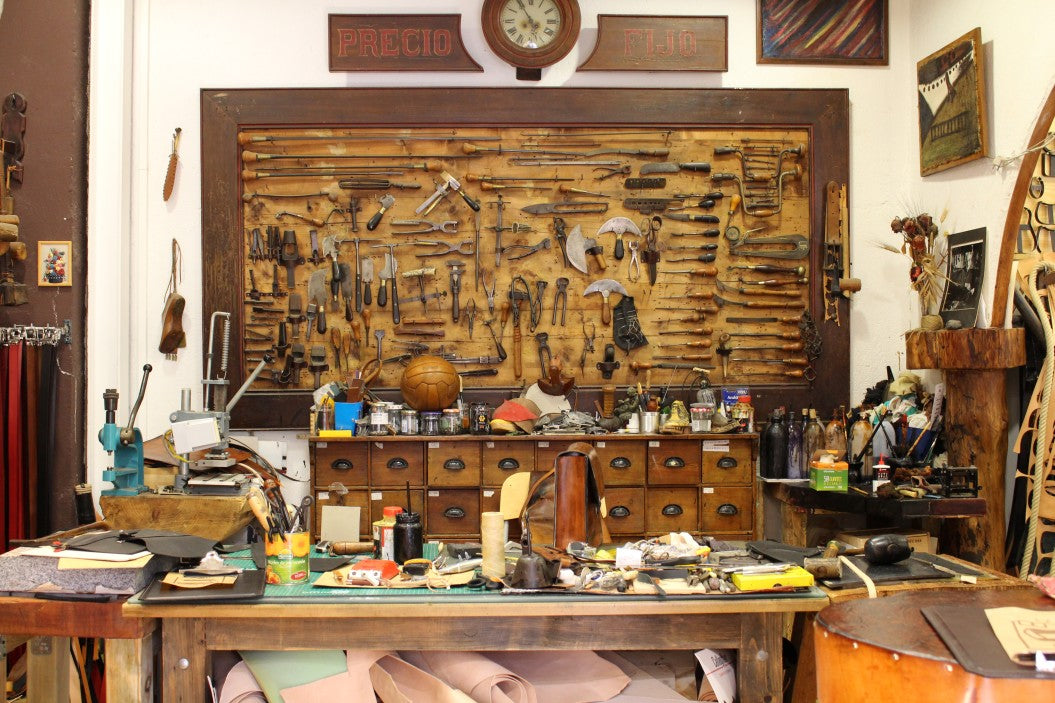
All You Need To Know About Vegan Leather
Being a leather enthusiastic, you might’ve come across vegan leather. Its outer appearance is enough to deceive you, but when you touch it, your inner leather critic can sense something fishy. And you know what, you are right. Vegan leather isn’t exactly leather rather a leather-like fabric.
But what makes it so similar to genuine leather and how is it made. Not only this, we’ll also take a look at its pros, cons and some other important information. So, let’s decode the mysteries of vegan leather once and for all.
What's Vegan Leather?
Vegan leather, that also goes by the name of artificial or fake leather, almost looks and feels like real one but is made from artificial or plant-based materials. Only a fraction of (or no) animal hide is used in the manufacturing process. The leather industry usually uses two synthetic polymers, that are polyurethane (PU) and polyvinyl chloride (PVC).
The reason behind only using these polymers is their imperfection or rough texture that provides a feel and looks of the genuine one. But, these two commonly used synthetic materials, in particular, have sparked concerns about the safety and environmental impact of vegan leather.
Although vegan leather is possible from natural materials like cork, apple peels, kelp, or pineapple leaves, their utilization is drastically low. Only a few industries are making vegan leather products from these eco-friendly materials.
How is Vegan Leather Made?
Vegan leather is usually a mixture of leather scraps with polyurethane, a polymer that is used to bind the leather scrapes together. However, some manufacturers also use different yet interesting materials such as cork, pineapple leaves, other fruit waste, and recycled plastic.
But the manufacturing process resembles that of making paper. All the materials are mixed to make a single sheet of pulp. It is dried that adheres scrapes and polymers into one unit. Afterwards, dyeing, polishing, embossing (if required), and finishing complete the job.
How is Vegan Leather Different from Real Leather?
Normal base materials that vegan leather regularly uses are nylon, polyester and cotton. The base is then covered with polyurethane or polyvinyl chloride with added substance medicines. Then to make variations in colors, texture, and finish, the product is subjected to additional treatment. Below are the six significant differences that you can observe while examining real and vegan leather:
- Genuine leather can have visual imperfections, while vegan leather typically has uniform finishing.
- Genuine leather is more durable in the long term. However, vegan leather will wear and tear easily due to being more prone to damage.
- Genuine one needs specialized cleaning care, but vegan leather can be cleaned with a wide variety of alcohol-based products.
- Real leather is breathable, the other one isn't.
- The genuine hide is naturally fire and heat resistant. However, its counterpart can melt and emit toxic substances with fire exposure.
- The real hide can stretch and shrink naturally. The one in question can get primarily harmed with a lot of form manipulation
How Long Does Vegan Leather Last?
Artificial cowhide will in general be less solid than genuine cowhide. The most famous sorts of vegetarian cowhide — PU and PVC — still have a life expectancy of around two to five years. At the point when you factor in the lower cost and the basic entitlements contemplations, most users think about this adequately strong.
Is Vegan Leather Good to Use?
The artificial hide is for the most part much less expensive and of a lower quality than genuine cowhide, even at an exclusive expectation. This fake calfskin is at last significantly less tough than genuine cowhide and will in general be more slender. So it's normal for it to tear or scrape severely over the long haul.
On the bright side, it is cheaper. So, it won’t stress your wallet much. You can upgrade, replace, or potentially repair without any serious blow to your budget. Hence, you can use it as a temporary option, or if you are comfortable buying new after a few years for a fresh look.
Is Vegan Leather Good for the Environment?
Honestly, they are a threat to the environment as they use plastic and polymers in the making process. The plastic takes hundreds of years in the soil to biodegrade, downgrading the fertility of the soil and causing pollution. Plastic contamination is a serious threat in the form of landfills.
On the other hand, vegan leathers from natural materials are more acceptable for the environment. They nicely degrade in the soil and even increase its fertility. But their production is on a low scale as compared to plastic ones.
What are the Advantages of Using Vegan Leather?
Although vegan ones are less likely to resist damage, they still have many advantages. As we’ve already mentioned the less cost, it becomes an obvious one. However, there are many other side benefits that a few people see. Some of them are listed below:
- Vegan leather cowhide is boundlessly better for creatures. It results in fewer animal
- It makes less carbon dioxide emanations.
- Its creation requires comparatively less poisonous synthetic substances.
- Also, its production requires less
Can You Stretch Vegan Leather?
Artificial leather extends, however not quite so much as genuine calfskin. You should be cautious while attempting to extend counterfeit leather since it can tear into two pieces. So it's ideal to stay away from it altogether.
How to Clean Vegan Leather?
- Assuming that residue or light soil is apparent, clean with a delicate fabric and warm
- For rough-textured or finished surfaces - like our pebble, crocs or alligator styles - you can utilize a hosed toothbrush to tenderly clean between the notches.
- For stubborn marks, add a dish cleanser to your fabric or wipe. Try not to involve a grating fabric or brutal cleaning items as they can harm the surface.
- Eucalyptus oil is the last outskirts, assuming the imprint will not move. Take a sufficient amount on a clean microfiber rag, rubbing tenderly over the surface. It will gradually remove any persistent patch of dirt.
What Vegan Leather is Used to Make?
Vegan leather is used to make all the normal products that a genuine one is used for. However, it results in a less durable item, but it is affordable. You can have bags, belts, jackets, wallets, gloves, upholstery, and many other items.
The Bottom Line
Vegan leather due to its artificial nature confuses many people. But you know all about it after reading our guide. We hope we've answered most of your questions. But if you want to refresh anything, this article is always here for your help.





